JMT Technology Group is Headed to Maryland's Premiere Geospatial Conference, TUgis
TUgis 2023 will be held in-person at Towson University on August 2-3. Stop by JMT Technology Group's booth (booth #1) and check out any of our presentations happening throughout the conference to see what we've been up to this past year! JMT Technology Group can help you make the connections necessary to take your GIS to the next level. Whatever you need and wherever you are, connect with us!
Check out our presentations!

Focus on the Experience – Making Maps and Apps Responsive and Accessible | 1:35 PM - 2:05 PM, Aug 2 | UU 302 C
We create maps and content on large screens, and (hopefully!) follow Section 508 and WCAG guidelines when creating apps. But what about the experience for users who rely on the devices we all carry in our pockets to access and utilize the tools we create? Mobile device accessibility and responsive design is often overlooked in our development processes, but a large percentage of users will only view maps and apps on a mobile device. In this presentation, JMT’s director of digital experience will talk about considerations when developing maps and web applications that focus on the “R” of the POUR principles… Robust! We’ll show how responsive design and accessibility come together to elevate the user experience for all audiences.

Predictive Wetlands/Waters and Mitigation Modeling Tool | 1:35 PM - 2:05 PM, Aug 2 | UU 322
Many transportation projects affect jurisdictional Waters of the United States (WOTUS) and require wetland or stream mitigation. To offset these impacts, developers buy credits in a mitigation bank that holds the corresponding amount of land as conservation land. This conserved land must match the type of land impacted by the project and have credits available for purchase. Many state projects are either not located within the service area of a mitigation bank or the mitigation bank does not have the appropriate number or type of mitigation credits needed. The lack of available mitigation has resulted in project delays and unanticipated expenses. This presentation will detail a GIS-based predictive wetlands/waters and mitigation modeling tool that JMT developed to help the Texas Department of Transportation predict the amount and type of jurisdictional wetlands and waters that might exist along a transportation corridor and could be impacted by a project. The tool uses ArcGIS Pro, ArcHydro, and other geoprocessing tools to determine the potential project impacts on the wetlands and streams within a project boundary; pre-process the data required for analysis; and determine within which mitigation bank service areas the proposed impacts would occur and the estimated amount of mitigation required.
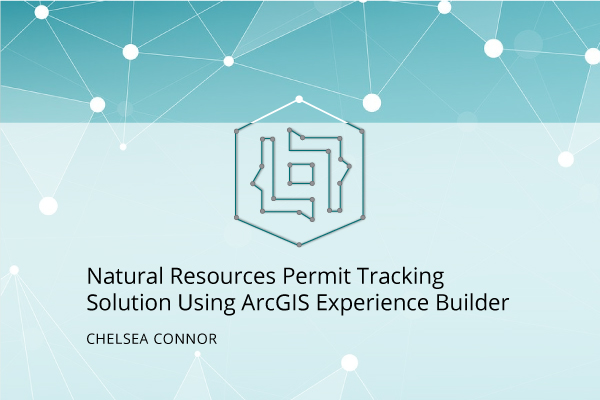
Natural Resource Permit Tracking Solution Using ArcGIS Experience Builder | 2:05 PM - 2:35 PM, Aug 2 | UU 302B
The use of GIS systems to maintain compliance with a stormwater National Pollution Discharge Elimination System (NPDES) permit has become common practice. The MDOT Maryland Transportation Authority is using ArcGIS Pro, ArcGIS Portal, Field Maps and Survey123 to inventory and maintain stormwater Best Management Practices and storm drain systems. MDTA has recently expanded the use of GIS to track Natural Resources (NR)permitting. Microsoft Excel and Google Sheets were previously used to track NR permits in their program. Over time the tracking sheets become inconsistent, out-of-date, and unmanageable due to multiple users, multiple copies, and little transparency on editing history. This presentation will provide an overview of how ArcGIS Experience Builder was implemented, including the use of table widgets for editing and Survey123 for adding new entries, to allow non-technical users to manage their data in a similar format while maintaining data integrity as a standalone tracking system without maps.

The GISP Certification: An Overview | 3:20 PM - 3:50 PM, Aug 2 | UU 302 A
The presentation will provide an overview of the GISP certification, including the application, portfolio, exam, and renewal processes, as well as potential benefits for certification.
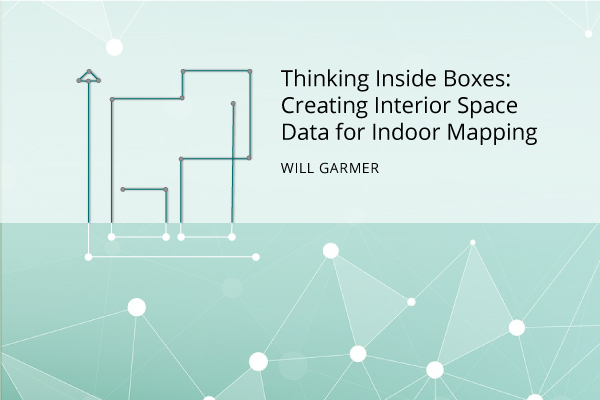
Thinking Inside Boxes – Creating Interior Space Data for Indoor Mapping | 10:10 AM - 10:40 AM, Aug 3 | UU 302 A
In the past, GIS data often included nothing more than the outline of a building, leaving the interior a mysterious void around which contours wrapped and utilities dead-ended. The building outlines, usually created from aerial orthophotos, were distorted, imprecise, and poorly georeferenced. Attributes rarely included more than a street address and the year it was built. Many organizations are beginning to fill in these voids with geospatial data. By improving the accuracy and precision of building data layers, mapping indoor spaces, and populating detailed attributes, interior space data can be used to support a range of activities such as indoor navigation and wayfinding, enhanced emergency response, facility management, asset tracking, and space utilization planning. But what is the source of these indoor datasets? How are they created? What should they contain? How should they be organized? This presentation will discuss some of the core concepts of developing and maintaining an interior space dataset, including what data are most often needed, common places to obtain data, methods of gathering data in the field, and general considerations when developing an interior space data model.
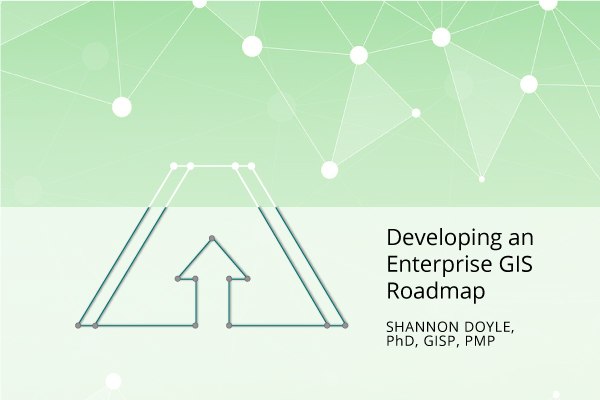
Developing an Enterprise GIS Roadmap | 10:10 AM - 10:40 AM, Aug 3 | UU 329
Strategic planning takes effort, but it is essential if you want to take your organization’s GIS to the next level. The Philadelphia International Airport (PHL) engaged JMT to conduct various stakeholder meetings, complete data and documentation reviews, and assess GIS at the airport in order to develop an Enterprise GIS Roadmap and strategic plan. Through stakeholder meetings, a review of relevant documentation, and a qualitative review of existing data, JMT assessed PHL’s existing strategic priorities, practices, resources, data, and technology infrastructure. The result of the assessment was presented through a roadmap document, which outlined the path for PHL to achieve impactful and efficient delivery of GIS services, helping to improve decision-making that will ultimately benefit PHL staff and airport travelers. This presentation will focus on the importance of stakeholder engagement in defining strategic goals and objectives and developing a GIS roadmap that considers the needs of the various stakeholder groups and use cases. It will provide an overview of the methodology, including data collection and review, meeting format, surveys, and qualitative data analysis. It will also include an overview of the project deliverables, which include a detailed roadmap document and an Esri Story Map.
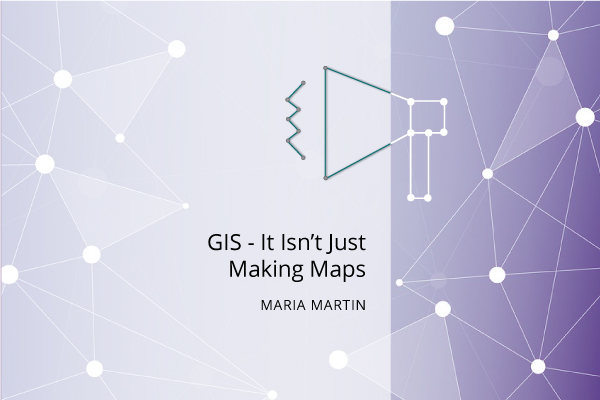
GIS--It Isn’t Just Making Maps | 10:40 AM - 11:10 AM, Aug 3 | UU 329
The GIS community is vibrant, engaging, and in some cases, GIS people seem to be the only ones who really know what is going on in their organization. You make great tools, ask insightful questions, and spot trends that others can’t see - because GIS professionals, by their very nature, have the ability to take a holistic view when it comes to data. But how good are you at talking about your work? Sharing your expertise with the community at large? Helping your clients promote their work? Measuring the effectiveness of your tools to show return on investment? This presentation will look at GIS with a marketing twist - we all know that the data should speak for itself but sometimes it can use a little help to find its voice.
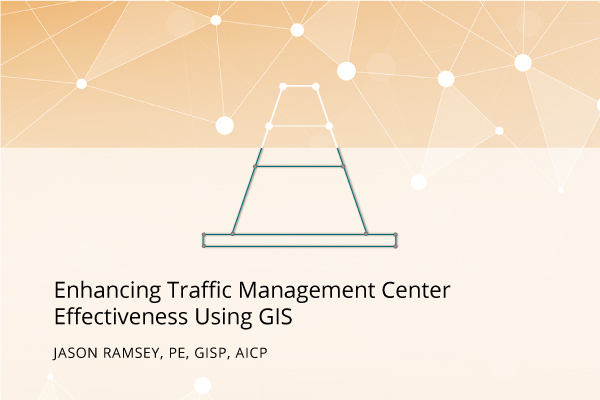
Enhancing Traffic Management Center Effectiveness Using GIS | 2:00 PM - 2:30 PM, Aug 3 | UU 329
JMT was awarded a multi-year contract with the City of Syracuse, NY, to manage their Traffic Management Center (TMC), supporting the Department of Public Works. Traffic management centers allow for decision-making and control for a region’s street and highway network with TMC operator decisions affecting a region's traffic signals, intersections, roads, congestion, reliability, as well as incident response during special events, emergencies, and crashes. The Syracuse TMC identified the need for a tool that could incorporate multiple data sources into one interface to improve situational awareness and make better data-informed decisions. To meet this need, JMT developed a web-based transportation dashboard for the TMC inside of the city's ArcGIS Online environment. A significant part of the effort involved identifying and evaluating the various data sources for inclusion in the dashboard including near real-time data. After the successful deployment of the dashboard in the first phase of the project, the TMC desired to enhance its operational awareness by integrating real-time bus data from the regional transit agency in the second phase of the project. In this presentation, we will talk about how JMT used Esri’s ArcGIS Velocity to create dynamic feature classes from the raw data feeds via the Application Programming Interface (API) provided by a third-party vendor. The API provided access to transit information important to TMC operators like current bus location, heading, date/time, route information, stops, delay status, and service bulletins. In addition, JMT used Arcade expressions for custom symbology of the bus data within the web map, Arcade expressions for date/timestamp reformatting of the bus data, and instituted geofencing around the bus operations and maintenance facility to effectively hide buses that were not in operation.

Incorporating Building Information Model (BIM) Data into GIS | 2:20 PM - 2:30 PM, Aug 3 | UU Theatre
Many architecture and engineering firms are using building information modeling (BIM) software like Revit to design new buildings. The 3D models help to identify potential problems or conflicts before construction begins, saving the owner time and money. BIM facilitates collaboration between disciplines such as mechanical, electrical, and plumbing (MEP) engineers and structural engineers during the design process; it provides support for construction planning and management; and models can be used for facility management and maintenance. The information contained in a building information model can be a great source of information for an organization’s GIS. In this lightning talk, we will explain how to incorporate data from a building information model into your GIS.

